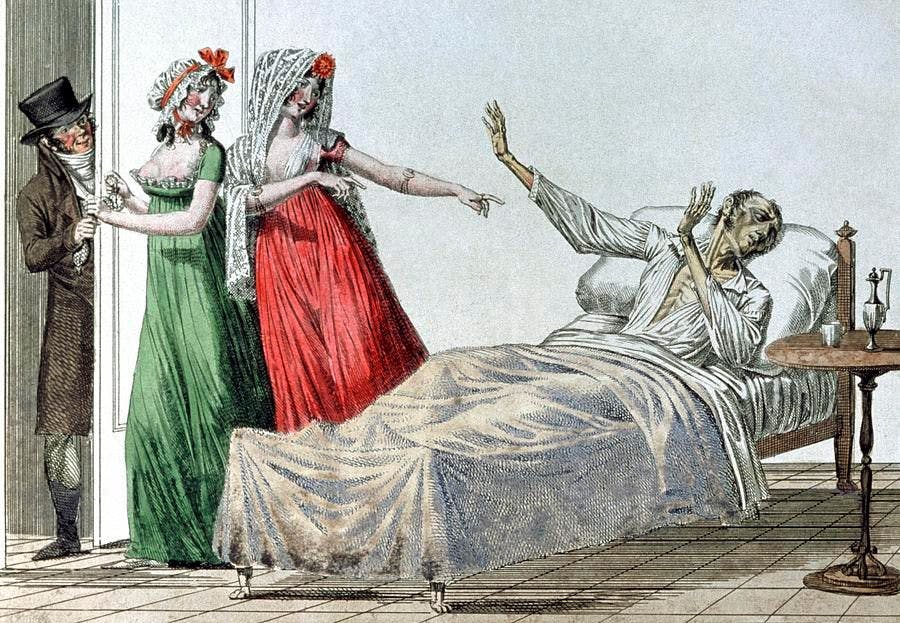The Romanticism of Syphilis: How a Disease Became a Symbol of Love

.
The Romanticism of Syphilis: How a Disease Became a Symbol of Love
Syphilis is a sexually transmitted infection (STI) caused by the bacterium Treponema pallidum. It is one of the most common STIs in the world, and it has been around for centuries. While it is often seen as a serious medical condition, it has also been romanticized in literature and art throughout history. In this article, we will explore how syphilis became a symbol of love and romance.
The History of Syphilis
Syphilis has been around since ancient times, with evidence of its existence dating back to the 15th century. It was first described by Italian physician Girolamo Fracastoro in his 1530 poem “Syphilis sive morbus gallicus” (“Syphilis or the French Disease”). The poem tells the story of a shepherd named Syphilus who was cursed by the gods for his hubris and punished with an incurable disease.
The disease spread quickly throughout Europe, with outbreaks occurring in France, Italy, Spain, Germany, and England. It was believed to be caused by sexual contact or contact with infected clothing or bedding. As such, it was seen as a punishment for immoral behavior and promiscuity.
The Romanticization of Syphilis
Despite its reputation as an immoral disease, syphilis began to be romanticized in literature during the 19th century. Writers such as Lord Byron and Percy Bysshe Shelley wrote about characters suffering from syphilis as tragic heroes who were doomed to suffer from their own passions and desires. This romanticization of syphilis continued into the 20th century with authors such as Ernest Hemingway writing about characters suffering from the disease as symbols of love and passion.
The romanticization of syphilis can also be seen in art throughout history. Paintings such as “The Death of Chatterton” by Henry Wallis depict characters suffering from syphilis as tragic figures whose lives were cut short due to their own passions and desires. Similarly, sculptures such as “The Kiss” by Auguste Rodin depict two lovers embracing despite their shared affliction with syphilis.
The Modern Perception of Syphilis
Today, syphilis is still seen as an immoral disease that is associated with promiscuity and risky sexual behavior. However, it is no longer romanticized in literature or art like it once was during the 19th century. Instead, it is viewed more realistically as a serious medical condition that can have serious consequences if left untreated.
It is important to remember that while syphilis may have been romanticized in literature and art throughout history, it is still a serious medical condition that can have serious consequences if left untreated. Therefore, it is important to practice safe sex and get tested regularly if you are sexually active to ensure that you do not contract this potentially deadly infection.

